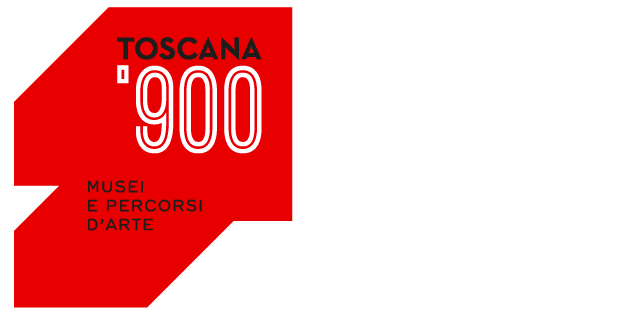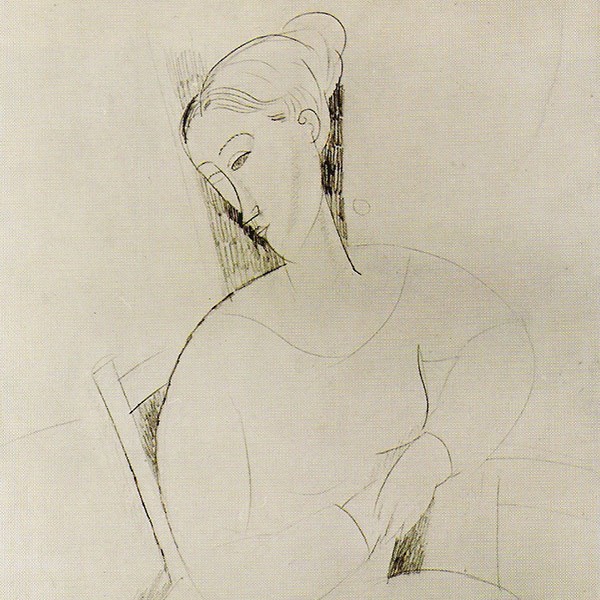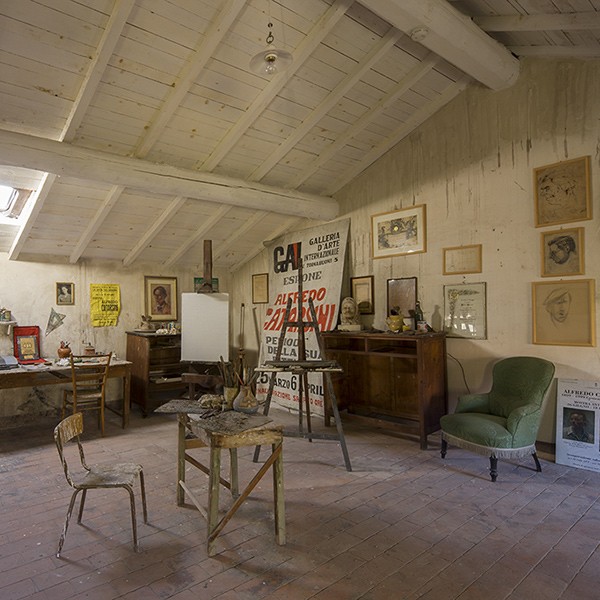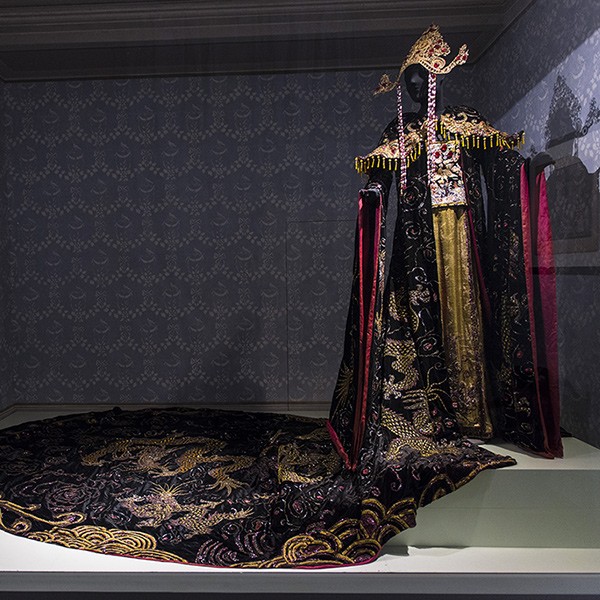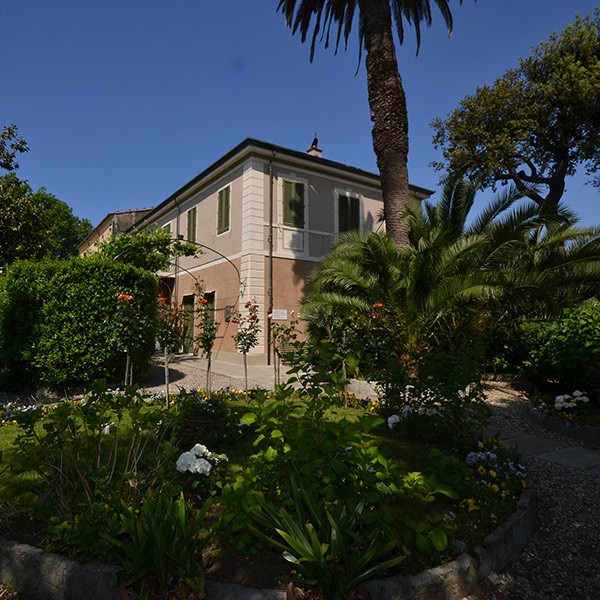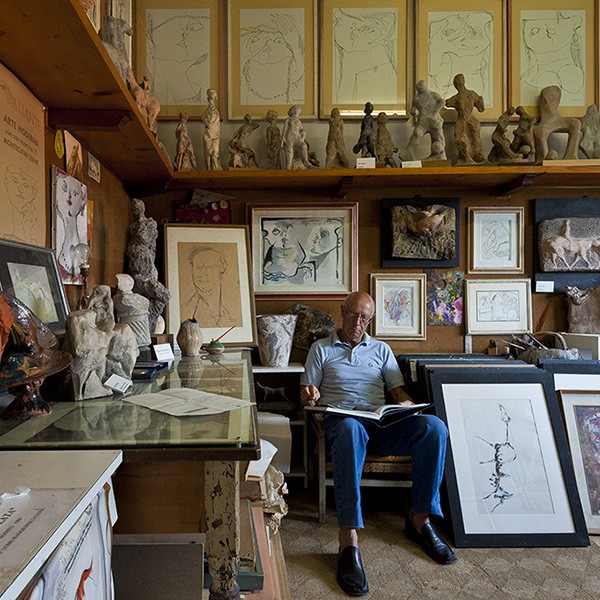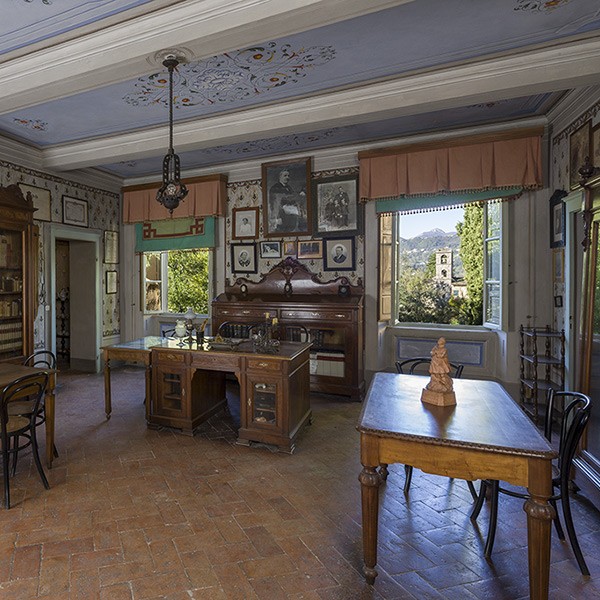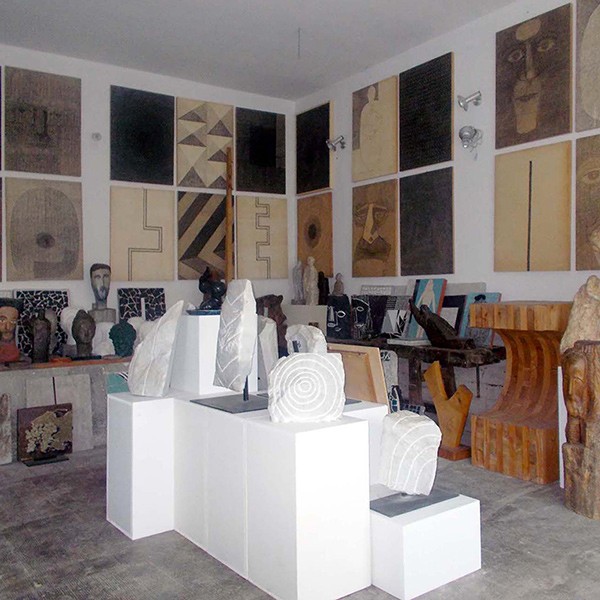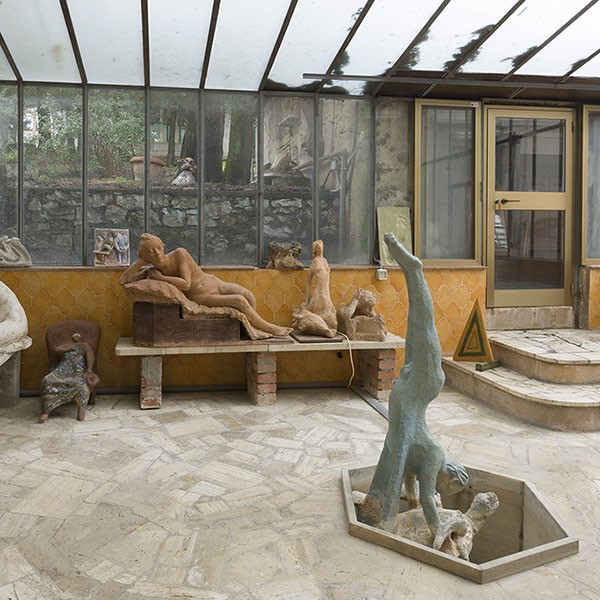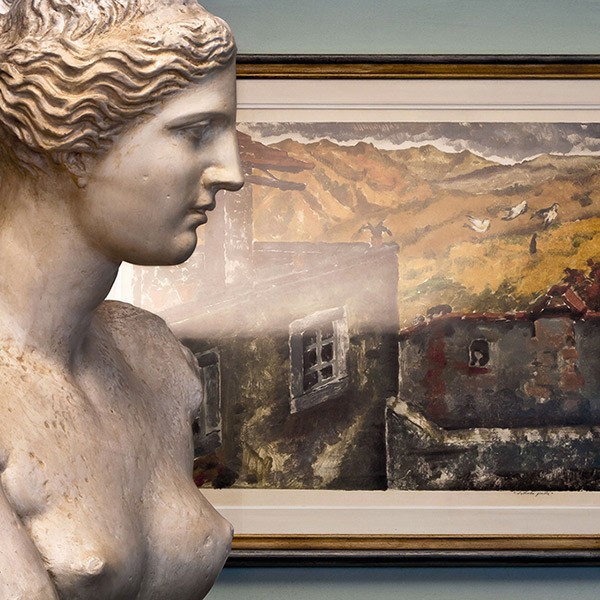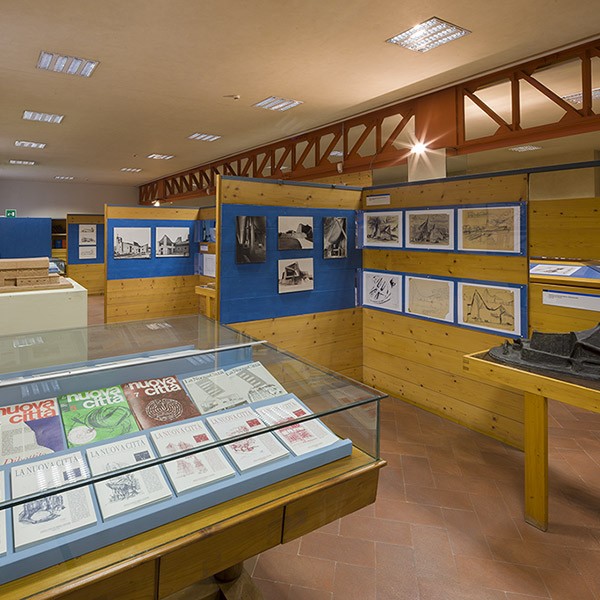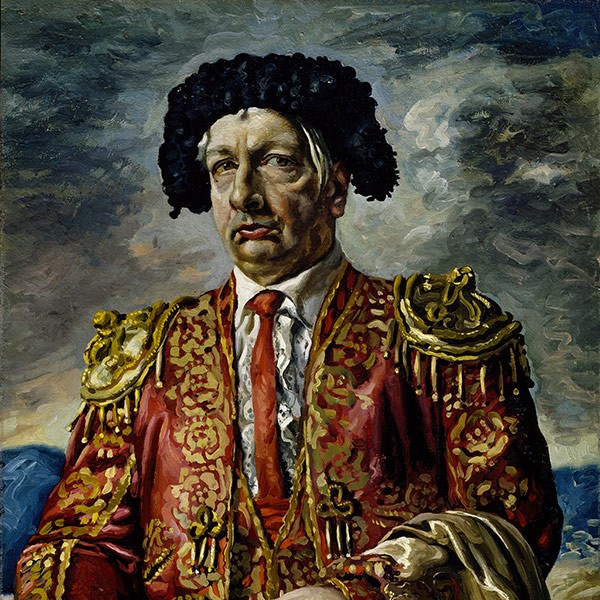To enter the rooms which the poet, Giovanni Pascoli, had chosen as his forge in which to create his poems and to discover some of the artists closest to him on the walls, or to travel through the places between Lucca and Torre del Lago where the composer, Giacomo Puccini, created his great melodies offers us the opportunity to understand how alive and intense the bond was between art, literature and music in Tuscany at the beginning of the 20th century.
To be wrapped in that singular atmosphere capable of evoking the figure of a person from the 20th century, often a scholar or collector, is the incomparable privilege offered to those who visit the homes transformed into museums. Even more privileged is the person who enters the home and, in particular, the studio of an artist: like his friends or customers who would come and see him intent on his work, you will be able to find the tools of the trade as though they had just been laid down, with a few works lying around, as yet unfinished, as though the artist had just stepped outside.
In order to commemorate the fascinating presence of the artist, many homes of 20th century Tuscan artists have also been turned into museums, conserving or closely restoring pieces of furniture which they themselves had chosen and arranged. Thus, for example, the studio in the attic in Villa Paolina in Viareggio, in which Alfredo Catarsini had painted for decades, has been refitted, and his works mix with the photographs and memorabilia of his activities. Similarly, in Venturino Venturi’s house in Loro Ciuffenna, his works have returned the studio to what it looked like when the sculptor used to work there.
Presses for engravings and xylographic matrices in the residence of Sigfrido Bartolini speak of his work as engraver, whereas the plaster casts recall his passion for classicism and the paintings on the walls the places he used to frequent. Among the most evocative and communicative places in our Tuscan itinerary between artists’ homes are without doubt those in which Fernando Melani mixed life and creativity, where you bump into piles of materials and works hung on wires as though they were washing on the line.
